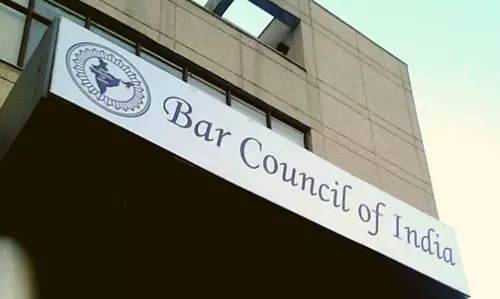
Heartbroken Nepal
text_fieldsNepal has been struck by the worst earthquake in recent years killing nearly 2000 people, toppling the buildings in the capital, Kathmandu and triggering avalanches in Himalayas with more feared trapped underneath the rubble.
Nepal radio has reported 3000 deaths in the region and the death toll is likely to increase. The earthquake hit the region before noon with a magnitude of 7.8 and was most severely felt in the densely populated Kathmandu valley. Tremors were felt across several cities in Northern India, Bangladesh, Pakistan, Tibet and on Mount Everest and according to the reports, 51 people were killed in India, 12 in Tibet and 2 in Bangladesh. A magnitude 6.6 aftershock struck the region an hour later and smaller aftershocks continued to ripple through the region for hours. The government has declared a state of emergency in the affected areas. Rescue operations have also been hampered due to the widespread damage in the region. Many historic buildings have been destroyed including the landmark Dharahara tower, a UNESCO-recognized historical monument and the famous Darbar Square in the heart of Kathmandu. The nine-storey Dharahara tower collapsed with more than hundreds of visitors trapped underneath.
The quake was the strongest in the region in more than 80 years. The worst recorded earthquake in the country was in 1934 measuring 8.0, destroying the cities of Kathmandu, Bhaktapur and Patan and killing more than 11, 000 people. India has extended a helping hand to the grief-stricken Nepal providing all the essential aid for the helpless and traumatized victims including economical, food and military assistance. Such mishaps are bound to lead people to creative realizations. It reminds the self indulging humans how silly we are. Just as the domes of wealth are razed to dust, not many can escape consternation. But these wake-up calls don’t last long and as the tremors of mishaps cease, humans again indulge in the same ways of destruction of the earth and fellow humans. The position of the Himalayas, the high concentration of population in the region due to urbanization of Nepal and the mindlessness in the field of building construction have all turned the nation into a dangerously seismic region.
Geohazards International released a report summarizing the Kathmandu Valley risks on April 12 that the area was heading for trouble. According to the experts, an earthquake has long been feared not due to ‘natural seismic fault, but because of the local, more human conditions that make it worse’. “With an annual population growth rate of 6.5 percent and one of the highest urban densities in the world, the 1.5 million people living in the Kathmandu Valley were clearly facing a serious and growing earthquake risk” the report said adding that the “next large earthquake to strike near the Valley would cause significantly greater loss of life, structural damage, and economic hardship than past earthquakes had inflicted.” The international community should be extending support and assistance in all forms to the devastated victims as well as the survivors in Nepal.























